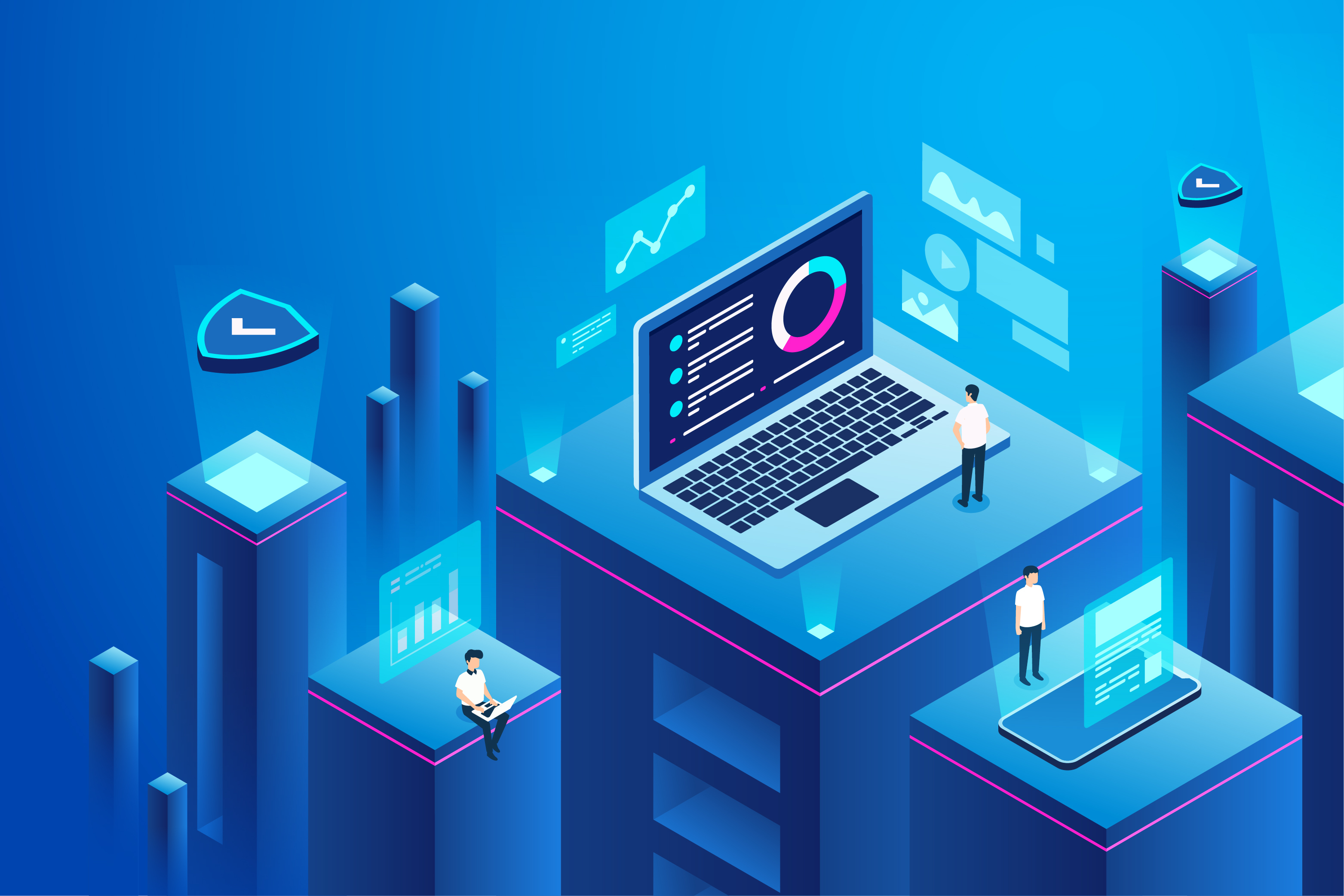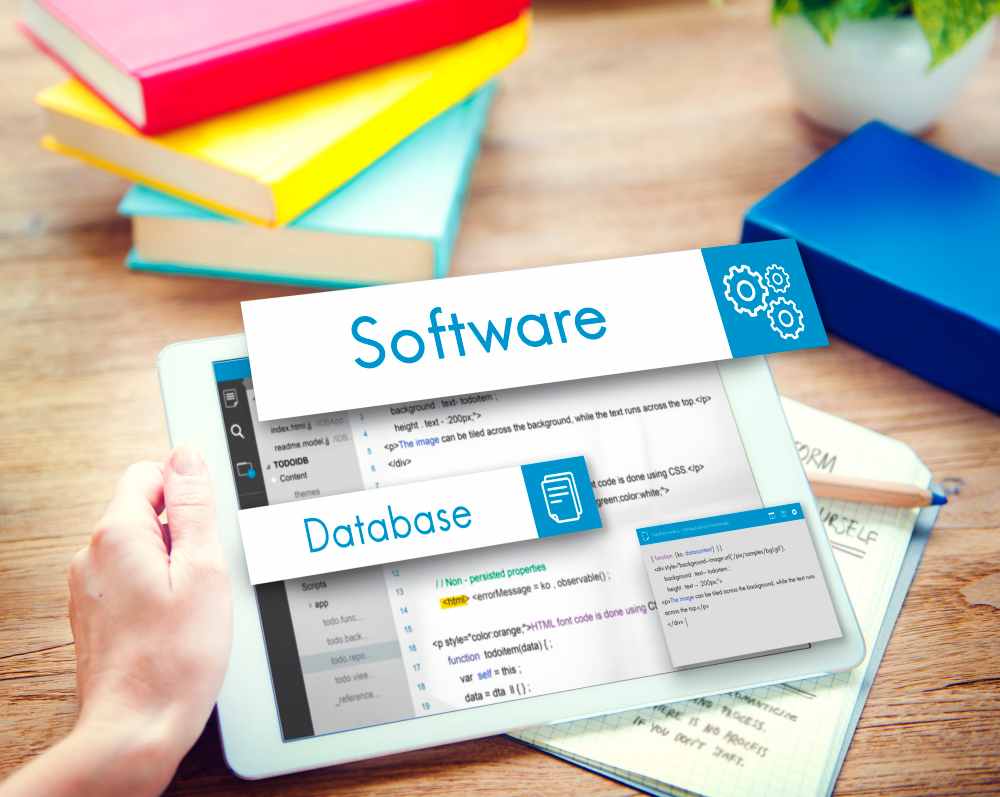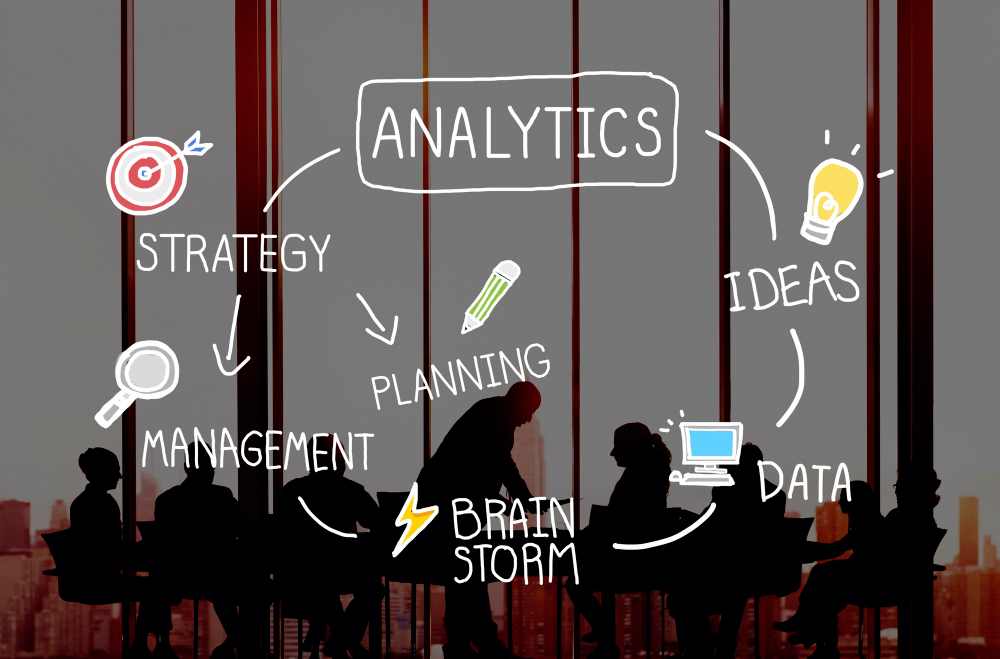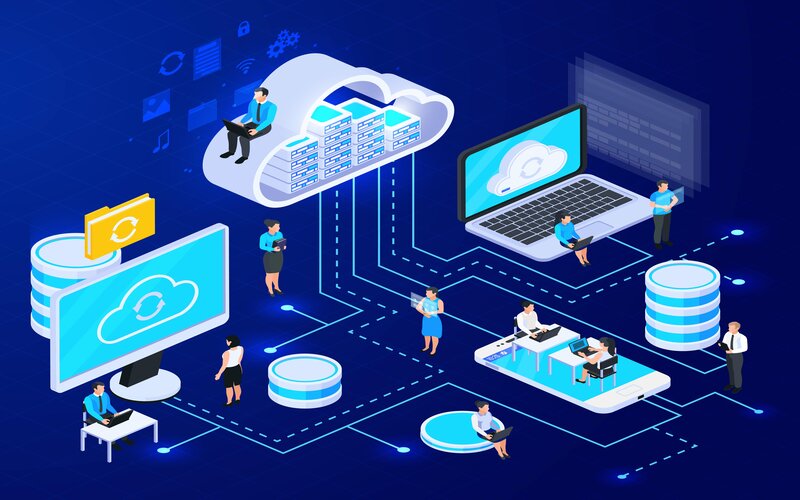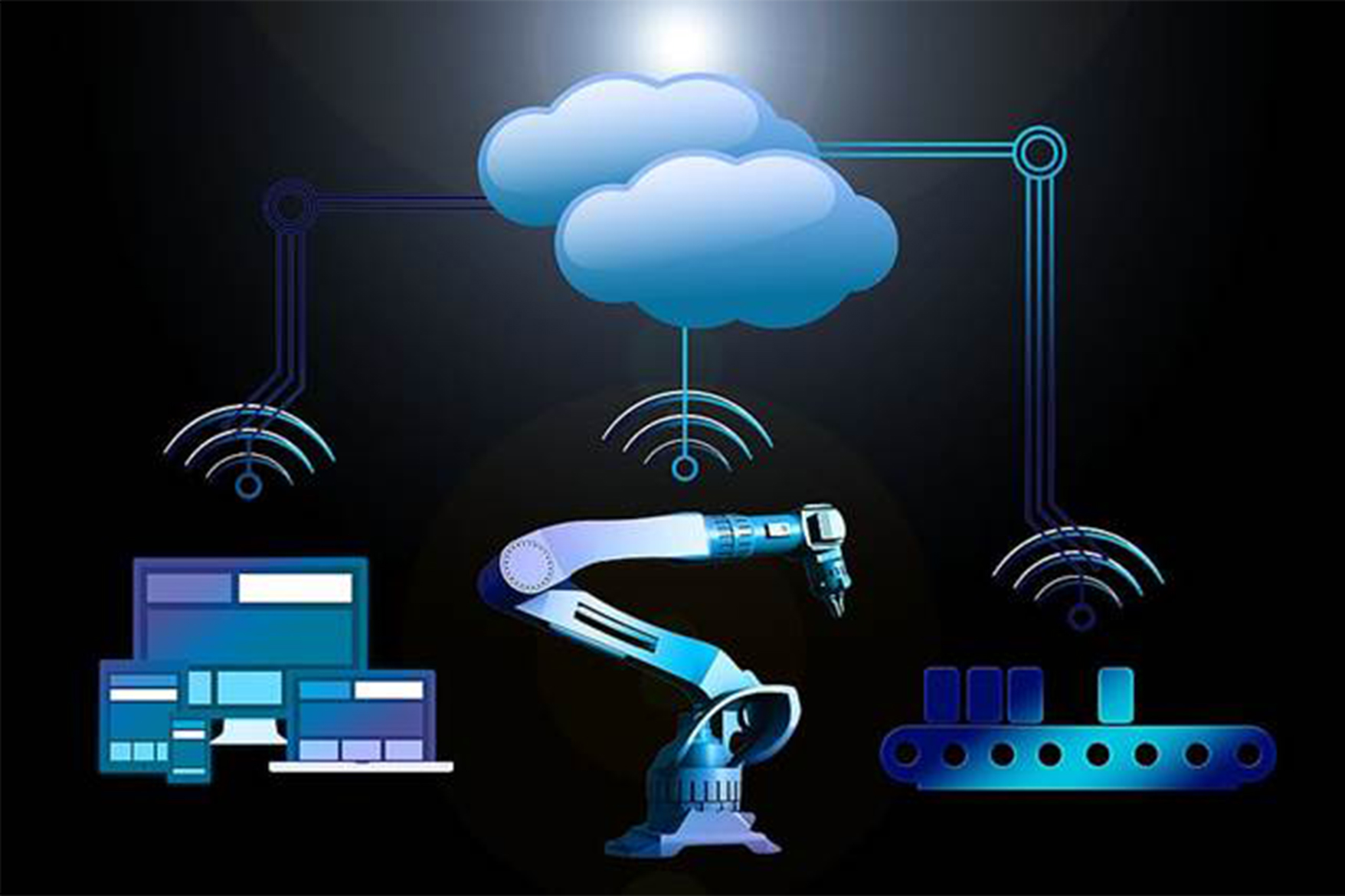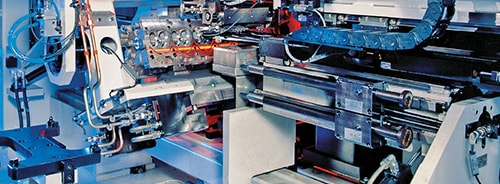Introducing innovative business practices is common among industries, thanks to the changing market landscape demanding for newer, better, and focused solutions.
Dell surveyed 4000 global business leaders among which 89% agreed that the pandemic has forced the need for a more agile and scalable IT environment. As per the statistics of Dell’s Digital Transformation Index 2020, 39% of companies already have mature digital plans, investments, and innovations in place, which is 16% higher than in the year 2018.
Having said that, the industries must have robust and flexible backend systems to handle newer processes and technology. Legacy systems are software programs or outdated systems and are not integrated with other business solutions. Due to their conventional design and infrastructure, they may not be able to perform a more efficient operation process than modern cloud systems
Digital transformation of the legacy industrial software applications is the process of modernizing an operational system to maintain and extend investments in that system.
The digital transformation process of legacy systems is generally large-scale and involves both infrastructure and application modernization. Since these legacy systems are outdated and lack robust security, industries need to transform their legacy applications to avoid data breaches and failure. This blog will cover the digital transformation of legacy applications and the factors you should consider before starting the shift.
Need for Modernizing the Legacy Industrial Software
Before we talk about how digital transformation can be done, let’s see why you need to do it.
Difficulties in Maintenance
The most obvious challenge faced by industries is maintaining these legacy systems. Legacy systems are pretty vast in terms of the codebase and functionality. You cannot just change or replace one system module due to its monolithic nature. Even a minor update can result in multiple conflicts across the system, and there is a considerable risk of interfering with the source code. Since legacy systems contain large amounts of data and documentation, migrating the application to a new platform is not easy. Companies using legacy software applications built in-house quite often face challenge in maintaining them as it becomes difficult to align the legacy applications with the modern ones. Also, the maintenance cost in these cases, are quite high.
Integration is A Challenge
As discussed in the first point, legacy applications are vast and less scalable; hence, integrating old legacy systems with modern applications can be a huge and time-consuming task for SMBs to improve their work processes.
Meaning, if you want to integrate new tools or programs, you have to write a custom code to make it work. Another issue with the industrial legacy software applications is that most modern cloud and other SaaS solutions are incompatible with these legacy systems. SMBs looking to cut costs and improve productivity should consider replacing or upgrading their legacy applications.
The main reason behind using a modern industrial software application is that it can help you eliminate data silos and enable you to use the application’s data in an actionable way they’ve never had before.
Obsolete Cybersecurity Provisions
Outdated systems and applications are a prime target for cybercriminals. Legacy systems are not up-to-date and may not be maintained, leading to a possibility of security threats. It is one of the reasons organizations are gravitating towards the cloud in recent years as cloud security is more robust than most on-premise systems.
Inadaptability to Business Opportunities
One of the common disadvantages of using a legacy system is the stifled ability to modernize and improve. As mentioned above, legacy systems are very inflexible and inadaptable to dynamic business opportunities giving birth to several issues for businesses operating in today’s digital environment.
Inability to Use Big Data
A significant issue posed by legacy systems is the silos resulting from disparate systems within an organization. Digital transformation of these legacy systems helps remove these barriers and enable you to use the vast amounts of Big Data that SMBs possess to help support your business decisions.
Complex and Expensive Infrastructure
The underlying infrastructure of legacy systems is more complex and becomes more expensive to maintain as it becomes old. Since legacy systems require a specific technical environment, the infrastructure maintenance cost remains higher than modern cloud-based solutions. Legacy application data is scattered across several databases and storage resources, making it hard to reorganize to optimize the storage space.
Today, industries should deliver a robust digital experience to engage and retain customers, and complex legacy technology is the most significant barrier to digital transformation.
Factors to be Considered Before Modernizing Legacy Industrial Software Applications
We hope you have learned the disadvantages of legacy systems and how the digital transformation of these applications can solve many business issues. Now, we will see the things you should consider before starting the digital transformation approach of your applications.
Look at Your Strategy
Are you excited to start the digital transformation approach of legacy systems? Hold your horses! Have a well-planned strategy and stick to it. In the excitement of digital transformations, most businesses often install too many systems, too quickly, and without a strategy to implement them thoroughly.
The lack of proper backing of your strategy is the main reason behind the failure of the digital transformation of industrial software applications. Therefore, a proper strategy formulated with the help of thorough research and analysis is a must.
Prioritize Your Applications
Most businesses fall into the trap of digitizing everything altogether just because they are in a hurry to modernize. Never do this. Start by focusing on the areas of your organization that need to be upgraded to reap the return on investment immediately. Digitizing all your organization’s applications at once might result in failure and disruption throughout the organization.
The whole point is- No solution introduced for digital transformation purposes should ever weaken the work process. If you feel that your investments are not improving the productivity or efficiency of the organization, digitization might not even be an appropriate solution for it. Make sure you’re targeting the processes or applications that need digitization rather than digitizing for the sake of it.
Time Management
Digitizing your legacy systems demands time and patience. Digital transformation of legacy software often takes years to realize fully. The digitization process can vary for each organization and may include implementing technologies, such as cloud, mobility, advanced analytics, and cybersecurity. Make sure you have enough time to implement the digital transformation strategy to reap its maximum benefits.
Eliminate Unnecessary Functions
Before implementing digital transformation, identify which functions and applications you can safely remove without creating any problems in the new configuration. Evaluate your business process to determine the importance of the tasks that are being carried over.
Change Management
A digital transformation strategy should always come from the top-level executives in the organization and should be fully endorsed, envisioned by the key decision-makers in the organization. It helps organizations’ decision-makers and people involved in the process to be on the same page.
Conclusion
Transformation of the legacy applications will no longer be a choice; it will become necessary instead. We are living in the digital age where a business’s adaptability to dynamic technologies paves the way to success. The sooner you transform your enterprise digitally, the efficient, agile, and streamlined your business processes would be.
Utthunga is a leading digital transformation solutions provider having expertise in a range of domains like Cloud, Mobility, IIoT, Analytics, and much more. If you wish to witness rapid business growth, then Utthunga is just the right digital partner for you. Get in touch today!











